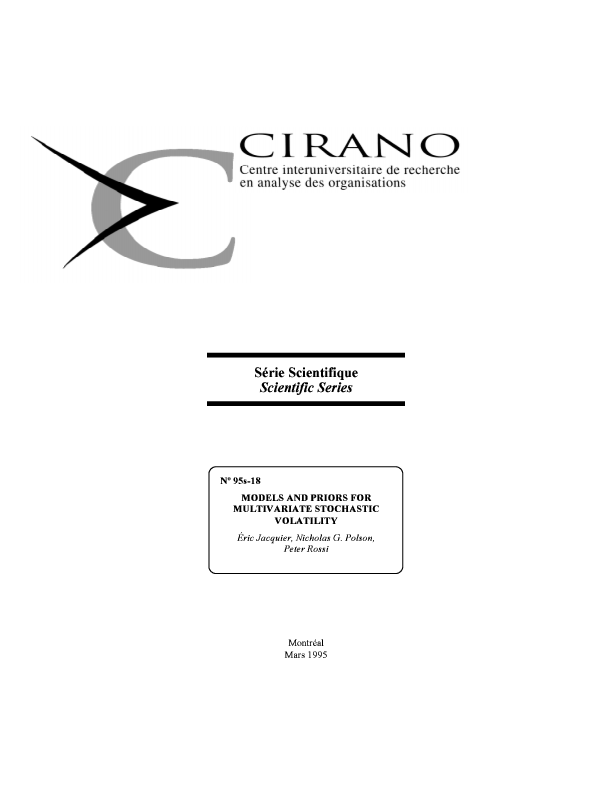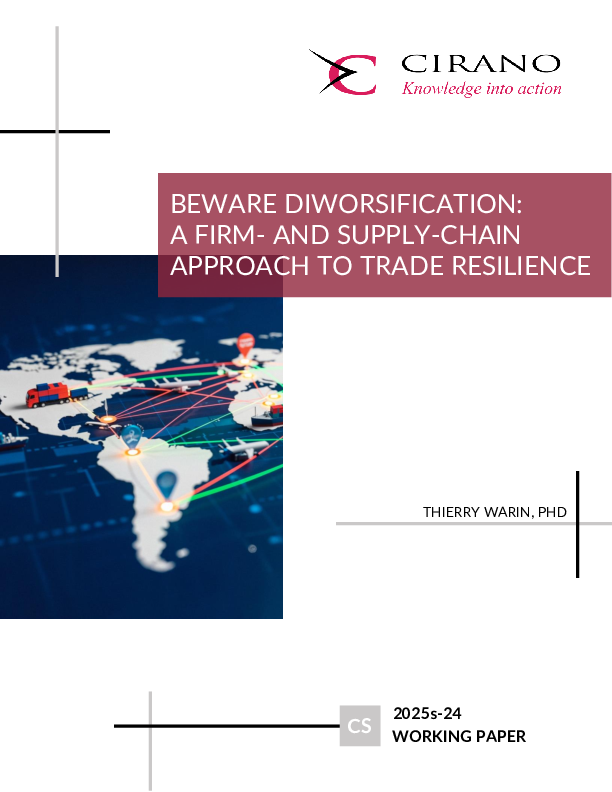Models and Priors for Multivariate Stochastic Volatility
Discrete time stochastic volatility models (hereafter SVOL) are noticeably harder to estimate than the successful ARCH family of models. In this paper, we develop methods for finite sample inference, smoothing, and prediction for a number of univariate and multivariate SVOL models. Specifically, we model fat-tailed and skewed conditional distributions, correlated errors distributions (leverage effect), and two multivariate models, a stochastic factor structure model and a stochastic discount dynamic model. We specify the models as a hierarchy of conditional probability distributions: p(data/volatilities), p(volatilities/ parameters) and p(parameters). This hierarchy provides a natural environment for the construction of stochastic volatility models that depart from standard distributional assumptions. Given a model and the data, inference and prediction are based on the joint posterior distribution of the volatilities and the parameters which we simulate via Markov chain Monte Carlo (MCMC) methods. Our approach also provides a sensitivity analysis for parameter inference and an outlier diagnostic. Our framework, therefore, provides a general perspective on specification and implementation of stochastic volatility models. We apply various extensions of the basic SVOL model to many financial time series. We find strong evidence of non-normal conditional distributions for stock returns and exchange rates. We also find some evidence of correlated errors for stock returns. These departures from the basic model affect persistence and therefore should be incorporated if the model is used for variance prediction.
[ - ]




